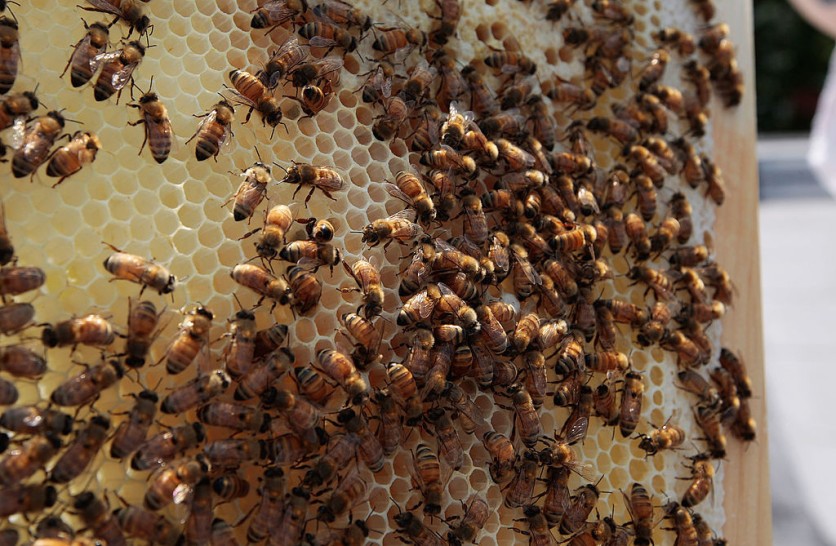Bees, albeit having significantly small brains, have been studied and confirmed to have the capacity to execute rapid and efficient movements. Searching for flowers containing excessive nectar is one of these key actions.
Through the use of observation and research, this little insect's quick wit and movements could very well be implemented into an AI program in the near future, opening new doors for improvement and innovation!

Researching Bees' Mannerisms
Hailing from the United Kingdom, scientists from the University of Sheffield have recently conducted research regarding the way how bees look for nectar and how quickly they land on the flower most suited for the job.
This simple action may seem insignificant or dull but is actually being taken seriously into account by researchers due to the possibility of these traits being applied to Artificial Intelligence.
Assuming it can, developments may sprout depending on these findings. Developments such as machines and robots acting, thinking, navigating, seeing, feeling, hearing, and making decisions are identical to a bee.
Experimentation and Findings
The scientists then trained 20 of these honeybees to memorize the taste of five differently-colored imitation flowers. Each colored flower contains different flavors. The blue flowers had sugar syrup, the green flowers contained bitter tonic water which bees hated, and the rest of the colors seldomly carried sugar.
Following this observation, the group of scientists then released some of these bees into a tailor-made garden that only had flowers containing distilled water, thus tracking each bee's path and how much time it took to make a decision.
Results revealed that each bee took 0.6s, on average, to land if they determined that the flower held food. They left just as fast whenever they knew there was no food as well.
In order to simulate honeybee decision-making, scientists built a computer model that closely matches the bee's brain. Bees pick flowers for nectar based on changes in color and fragrance, but this is costly and hazardous for the bees.
The insect is quite good at its task because it has a tiny brain with less than a million neurons, which allows it to make judgments swiftly and precisely.
"What we've done in this study is reveal the underlying mechanisms that drive these remarkable decision-making capabilities. We can now use these to design better, more robust, and risk-averse robots and autonomous machines that can think like bees - some of the most efficient navigators in the natural world," said one scientist.
He added that a robot programmed to do a bee's job would need the "backup of a supercomputer."
Honeybees' ability to make group decisions, navigate, and communicate has served as an inspiration for the creation of intelligent algorithms and robotic systems.
Honeybee colonies are decentralized, which enables distributed AI systems with scalability, flexibility, and robustness. The effective search methods and navigational skills of honeybees have been used to guide autonomous robots and optimization algorithms through challenging situations.
Related Article : Bees Can Sting, But Did You Know that They Can Heal During Pollination?

ⓒ 2025 TECHTIMES.com All rights reserved. Do not reproduce without permission.




